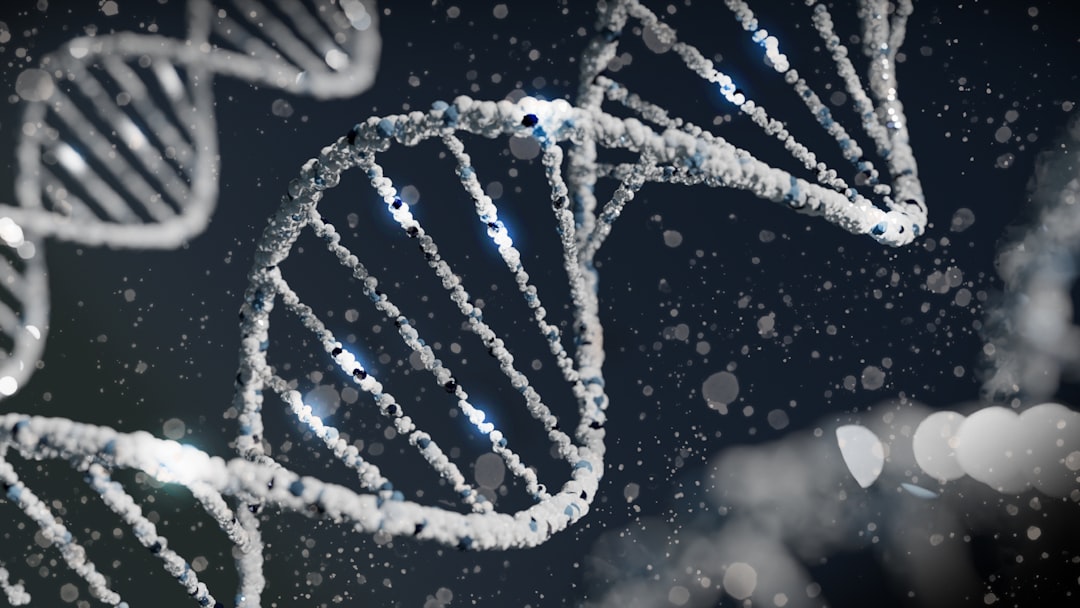What is it about?
Clearance of aberrant protein fragments is essential for neuronal health, and this process is disrupted in Alzheimer's disease (AD). We demonstrate how excess intracellular Ca2+, an early feature of AD , drives this pathogenic process in human neurons.
Featured Image

Photo by Hal Gatewood on Unsplash
Why is it important?
We identified a key pathogenic mechanism which links seemingly disparate components of AD, and show how excess calcium release through a specific channel interferes with critical protein handling processes and drives accumulation of protein aggregates diagnostic of AD. Importantly, by treating human AD neurons with a calcium channel inhibitor, normal neuronal functions and protein levels are restored. Thus these findings provide a novel therapeutic approach that addresses mechanisms associated with memory loss as well pathological protein aggregations.
Perspectives
This was an exciting study to conduct, particularly because we could demonstrate for the first time how several observed pathological processes, usually studies separately, are coupled in a feed forward pathological cascade. It was satisfying to validate this cascade in human neurons derived from AD patients, as well as in mouse models of AD, and thus add credence to the role of upstream disrupted calcium signaling as a critical mechanism in AD.
Grace Stutzmann
Rosalind Franklin University of Medicine and Science
Read the Original
This page is a summary of: Protein mishandling and impaired lysosomal proteolysis generated through calcium dysregulation in Alzheimer’s disease, Proceedings of the National Academy of Sciences, November 2022, Proceedings of the National Academy of Sciences,
DOI: 10.1073/pnas.2211999119.
You can read the full text:
Contributors
The following have contributed to this page










